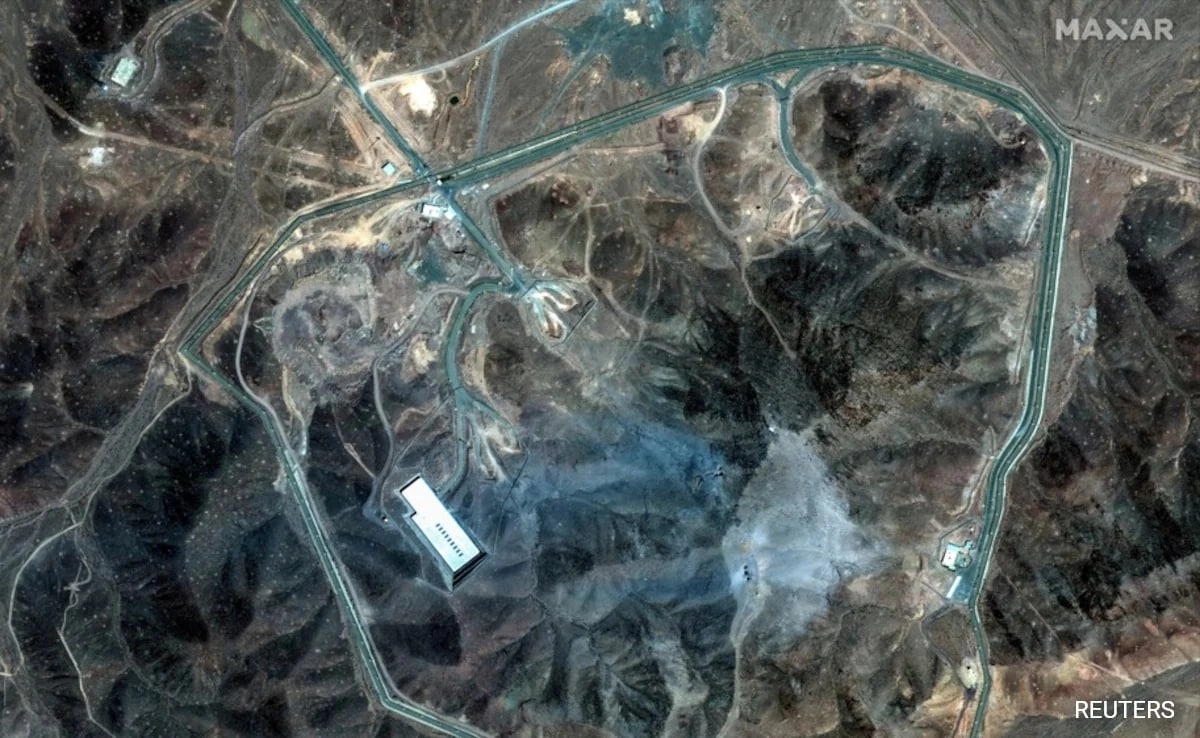The recent U.S. strikes on Iranian nuclear sites have initiated a complex and high-stakes “cat-and-mouse” dynamic between Iran and the United States regarding the monitoring and management of uranium. This military action has not only heightened tensions in an already volatile region but has also raised critical questions about the future of nuclear non-proliferation efforts. Iran’s nuclear program has long been a focal point of international concern, and the strikes have intensified scrutiny over the country’s uranium stockpiles, which are pivotal in determining its nuclear capabilities.
In the aftermath of the strikes, a significant challenge arises: the U.S. and its allies must now engage in a meticulous search for missing uranium that may have been clandestinely relocated or hidden by Iranian authorities. This pursuit is akin to a strategic game of hide-and-seek, where the stakes are not only geopolitical but also related to global security. The effectiveness of these military actions is contingent upon the ability to locate and assess the status of Iran’s uranium, which could potentially be used to further its nuclear ambitions. Consequently, intelligence operations and diplomatic efforts will be crucial in navigating this intricate landscape.
Moreover, the U.S. strikes have the potential to galvanize international support for more stringent measures against Iran. Allies in Europe and the Middle East may feel a renewed urgency to collaborate on monitoring Iran’s nuclear program, leading to potential sanctions or diplomatic negotiations aimed at curbing uranium enrichment activities. However, this could also provoke Iran to adopt a more defiant stance, complicating diplomatic relations and negotiations. The delicate balance of maintaining pressure on Iran while avoiding escalation into broader conflict will be a defining challenge for U.S. policymakers in the coming months.
As this cat-and-mouse game unfolds, the implications extend beyond the immediate region, impacting global security dynamics. The international community must remain vigilant and proactive in addressing the potential risks associated with Iran’s nuclear program. The effectiveness of the U.S. response will significantly influence the future trajectory of nuclear non-proliferation efforts and the stability of the Middle East. Ultimately, the challenge lies in finding a solution that ensures regional security while respecting the complexities of diplomatic negotiations and the realities of military engagements.




